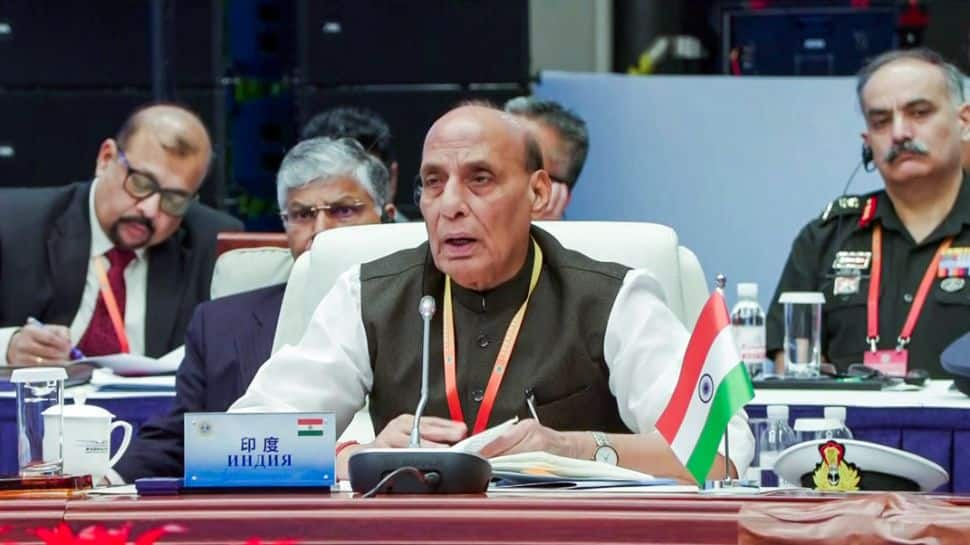Iran’s Blood-Soaked Journey Through Centuries Of War – How Many Battles It Fought, How Many It Survived Victorious | World News

New Delhi: Iran once again finds itself in the crosshairs in today’s volatile Middle East. The recent 12-day conflict with Israel – and direct involvement of the United States – may seem like a new chapter, but for Iran, war has never been an exception. It has been the norm.
Beneath the modern-day headlines lies a long and bloody trail that defines Iran’s past. From empires rising and falling, to foreign invasions and internal revolutions, the nation has been shaped, or sometimes scarred, by centuries of conflict.
Once known as Persia, this land was considered among the richest and most strategically important regions in the ancient world. Its wealth attracted both admiration and ambition. From the deserts of Arabia to the steppes of Central Asia, invading forces saw it as a prize worth bleeding for.
The consequences were relentless – empire after empire and dynasty after dynasty, all fighting to leave their imprint on Persian soil. Each left behind not just ruins or legends but a memory of survival.
In the 7th century, Arab armies swept into Persian territory. At the time, Iran was ruled by the powerful Sasanian Empire. It did not fall in a single battle, but after a string of crushing defeats, the structure collapsed. That moment marked the beginning of Islam’s deep roots in Iran.
The Persians did not abandon their identity, though. They merged it. From this fusion emerged the Shia tradition, which continues to shape Iran’s religious and political character today.
If the Arabs conquered, the Mongols burned. Between 1219 and 1260, the armies of Genghis Khan and his descendants stormed through Iran’s heartland. Towns vanished. Cities became cemeteries. Entire populations were wiped out.
But even this carnage gave way to adaptation. The Mongols, eventually, embraced Islam and absorbed the Persian way of life – testimony to Iran’s cultural gravity, even in defeat.
Revolutions and the Unfinished Battles
Fast forward to 1979. Iran’s last monarch was overthrown in a sweeping revolution that shook the global order. Out went the Shah. In came Ayatollah Khomeini and a wave of Islamic fervor that promised to cut ties with Western influence once and for all.
For many Iranians, this was supposed to be the end of foreign interference. The dawn of peace. But within months, tensions flared. Embassies were stormed. Sanctions followed. In the decades since, Iran has lived in a state of suspended warfare – sometimes cold and sometimes hot – but rarely peaceful.
Today’s conflict with Israel and the underlying tension with the United States, is another turn in a long cycle. Each war has shaped Iran, but never broken it. Each invasion altered its course, but never erased its memory.
As the region watches another fragile ceasefire unfold, Iran’s past echoes loudly – a history soaked in blood, but never submission.





